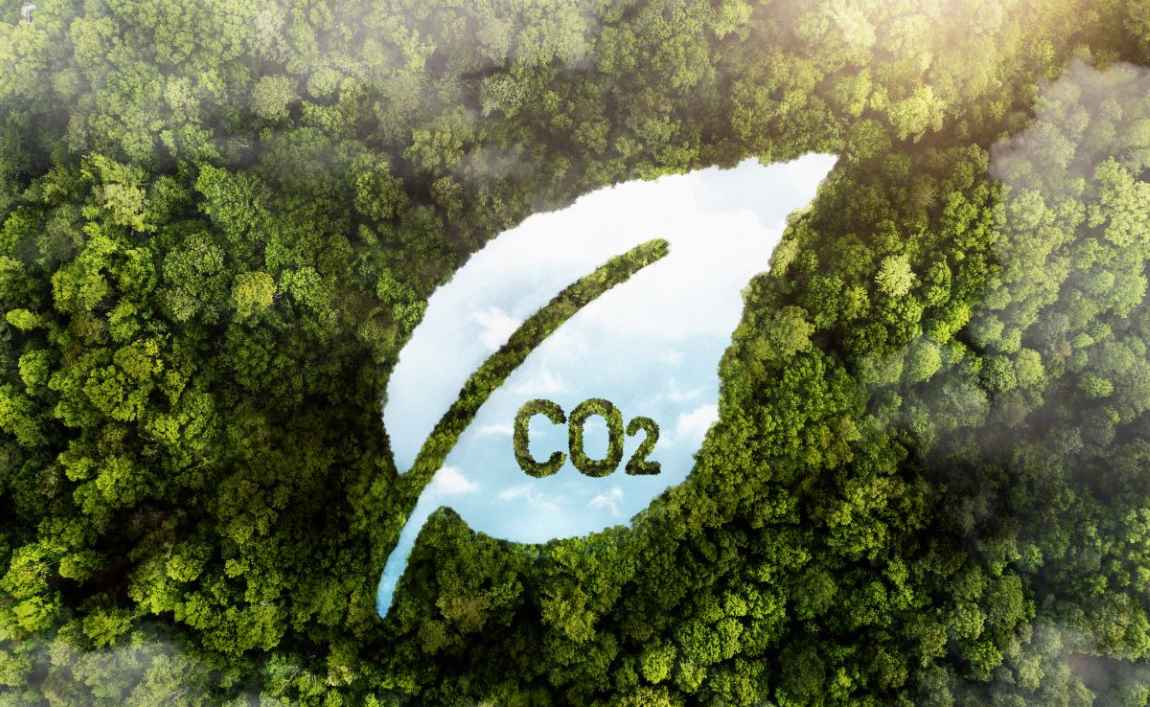A doubling of the amount of CO2 in the atmosphere could cause an increase in the average temperature on earth from 7 to even a maximum of 14 degrees. That is shown in the analysis of sediments from the Pacific Ocean off the coast of California, by researchers at NIOZ and the Universities of Utrecht and Bristol. The results were published in this week’s Nature Communications. “The temperature rise we found is much larger than the 2.3 to 4.5 degrees that the UN climate panel, IPCC, has been estimating so far,” said the first author, Caitlyn Witkowski.
45-year-old drill core
The researchers used a 45-year-old drill core extracted from the bottom of the Pacific Ocean.
“I realized that this core is very attractive for researchers, because the ocean floor at that spot has had oxygen-free conditions for many millions of years,” said Professor Jaap Sinninghe Damsté, senior scientist at NIOZ and professor of organic geochemistry at Utrecht University. “As a result, organic matter is not broken down as quickly by microbes and more carbon is preserved,” Damsté said. He was also the supervisor of Witkowski, whose doctorate thesis included this research.
Unique time series
“CO2 over the past 15 million years has never before been examined from a single location,” Witkowski said. The upper thousand meters of the drill core correspond to the past 18 million years. From this record, the researchers were able to extract an indication of the past seawater temperature and an indiction of ancient atmospheric CO2 levels, using a new approach.
Derived temperature
The researchers derived the temperature using a method developed 20 years ago at NIOZ, called the TEX86 method. “That method uses specific substances that are present in the membrane of archaea, a distinct class of microorganisms,” Damsté explains. “Those archaea optimize the chemical composition of their membrane depending on the temperature of the water in the upper 200 meters of the ocean. Substances from that membrane can be found as molecular fossils in the ocean sediments, and analyzed to this day.”
CO2 from chlorophyll and cholesterol
The researchers developed a new approach to derive atmospheric CO2 content by using the chemical composition of two specific substances commonly found in algae: chlorophyll and cholesterol. This is the first study to use cholesterol for quantitative CO2 and the first study to use chlorophyll for this time period. To create these substances, algae must absorb CO2 from the water and fix it via photosynthesis.
Damsté: “A very small fraction of the carbon on Earth occurs in a ‘heavy form,’ 13C instead of the usual 12C. Algae have a clear preference for 12C. However: the lower the CO2 concentration in the water, the more algae will also use the rare 13C. Thus, the 13C content of these two substances is a measure of the CO2 content of the ocean water. And that in turn, according to solubility laws, correlates with the CO2 content of the atmosphere.”
Using this new method, it appears that the CO2 concentration dropped from about 650 parts per million, 15 million years back, to 280 just before the industrial revolution.
Stronger relationship
When the researchers plot the derived temperature and atmospheric CO2 levels of the past 15 million years against each other, they find a strong relationship. The average temperature 15 million years back was over 18 degrees: 4 degrees warmer than today and about the level that the UN climate panel, IPCC, predicts for the year 2100 in the most extreme scenario.
“So, this research gives us a glimpse of what the future could hold if we take too few measures to reduce CO2 emissions and also implement few technological innovations to offset emissions,” Damsté said. “The clear warning from this research is: CO2 concentration is likely to have a stronger impact on temperature than we are currently taking into account!”
Journal Reference:
Caitlyn R. Witkowski, Anna S. von der Heydt, Paul J. Valdes, Marcel T. J. van der Meer, Stefan Schouten & Jaap S. Sinninghe Damsté, ‘Continuous sterane and phytane δ13C record reveals a substantial pCO2 decline since the mid-Miocene’, Nature Communications 15, 5192 (2024). DOI: 10.1038/s41467-024-47676-9
Article Source:
Press Release/Material by Royal Netherlands Institute for Sea Research
Featured image credit: Freepik




